How to Homeschool a Preschooler (3 Simple Steps)
This post shares 3 steps for how to homeschool a preschooler, along with encouragement that preschoolers do not need any formal curriculum! We also discuss what this sort of preschool looks like in action, and 3 things to avoid during the preschool years.
Our youngest is three years old this summer, and will be closing in on four as the school year begins. Being the youngest, he always feels like the baby to me, but in spite of that I have started to think about his “school” years – mostly because I keep seeing people online asking questions about how to homeschool a preschooler.
“What curriculum should I use for my three year old?”
“How do you homeschool your four year old, and what if they don’t want to sit still?”
“Help! My four year old doesn’t want to learn anything! Have I ruined her for life?”
If you’ve been here for a while, you probably have a good idea already of what I’m going to say about this, and maybe you can even guess what we’re planning for our upcoming year of homeschooling preschool. I’ve written about how to homeschool kindergarten, and the four things we focus on during that 5-6 year old year; we’ve talked extensively about our minimalist approach to homeschooling, and how Charlotte Mason’s philosophy has impacted our homeschool life.
However, what about those precious early years? You know, those first five years of life when your child seems to change every single week, when billions of brain connections are being formed, and their curiosity knows no bounds – how can we best lay a strong foundation that will serve them well for the rest of their school years?
Charlotte Mason had much to say about this topic, and it’s amazing to me that even in her day – the late 1800s and early 1900s – she could sense “extraordinary” educational pressure from the culture around her, seeping down even into the earliest childhood years. Less has changed since then than we might imagine.
“In this time of extraordinary pressure, educational and social, perhaps a mother’s first duty to her children is to secure for them a quiet growing time, a full six years of passive receptive life, the waking part of it spent for the most part out in the fresh air.” ~ Home Education by Charlotte Mason
“A quiet growing time” – what a lovely phrase. But what does this mean? How can we, 150 years later, make sense of this idea in our own homes and families?
Here are three ideas to consider as you plan for your child’s preschool years, and three things to avoid as we help our children grow in a way that honors their personhood and individuality.
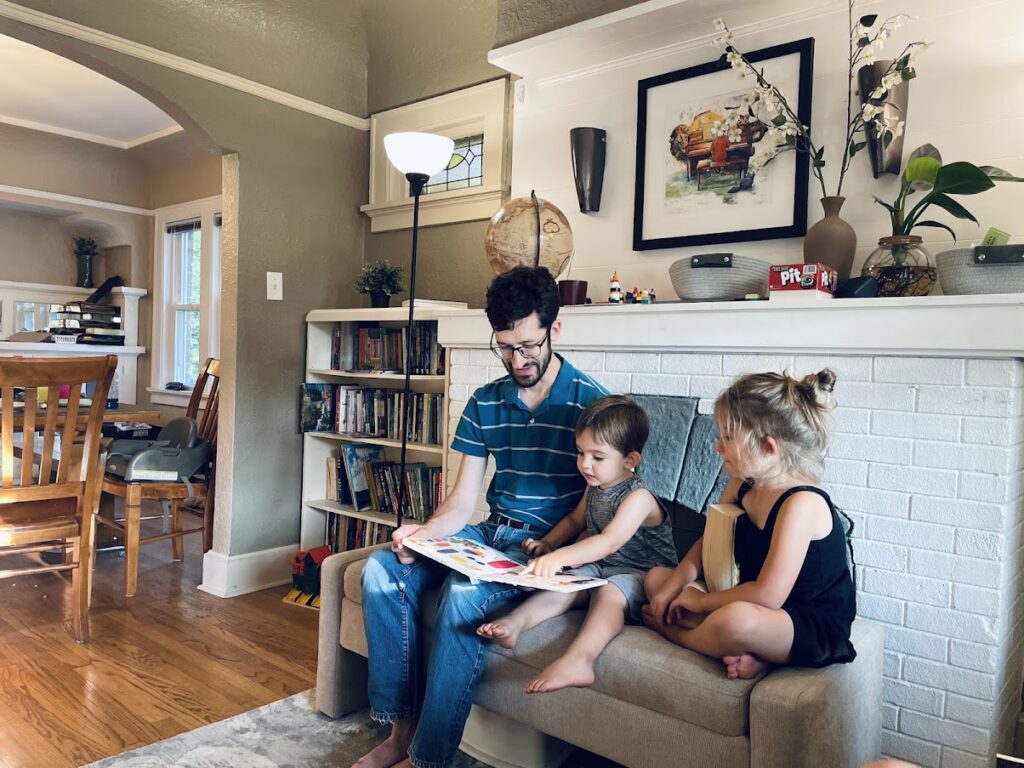
How to Homeschool a Preschooler (what to do)
1. Read aloud, read aloud, and read aloud some more.
Everyone wants their middle schooler and high schooler to love reading. However, not everyone realizes that the best way to gently lead their child to this point is by reading aloud to them, every single day. “Readers are made in the laps of their parents” is a quote that periodically circulates the internet, and while no one knows who first said it, the sentiment is 100% true.
As I wrote in the post on homeschooling kindergarten, before you teach the alphabet or phonics or anything of that sort, you’ve got to teach your children that reading is great fun – and the best way to do this is by exploring piles and piles of fantastic books together.
Despite our love of narration in our homeschool, I would also encourage you to not ask your preschooler to narrate. At this age, your child probably does not have the complex thinking skills needed to narrate what he has heard, and he will be best served by the simple reading of beautiful picture books, over and over and over again.
Fill his ears with complex vocabulary (he will slowly learn the meanings), fill his eyes with beautiful, artistic illustrations, and fill his heart with stories that ignite his imagination – and he’ll be well on his way to falling in love with books. The benefits of reading aloud are myriad, no matter your child’s age, and this is truly the best foundation we can give our preschooler before their real “school” years begin.
2. Focus on active, messy, hands-on play.
Nearly 100 years ago the famous educator Maria Montessori said that “Play is the work of the child,” and the research now backs her up. We’ve probably heard many things about the importance of play for young children, but sometimes I think we are at a loss as to what that should look like. Do I need the latest electronic gizmos and gadgets? Do I want the fancy toys with the flashing lights and supremely annoying sound effects? Does my child need to listen to Mozart?
(The answers are no, no, and maybe.)
What children of this age need most is to be using their bodies and their senses. Screens don’t count, and neither do noisy, brightly lit electronic toys (which tend more towards overstimulation than true learning). Every adult and child could probably benefit from more Mozart in their lives, but when I think of the play that preschoolers love most (and the kind that is best for their physical, mental, and emotional development) I think of play that is active, messy, and hands-on. Some examples are:
- playdough, kinetic sand, or other sensory bin-type experiences
- open-ended art time: crayons, washable markers, watercolor paints, stickers, and whatever else your sanity can handle
- building play: blocks, Magnatiles, large Legos, Plus-Pluses, and more
- imaginative play: dress up clothes, toy kitchens and food, dolls, plastic animals, or Playmobil figures
- outdoor free play: in the grass, in the dirt, in the mud, in the sand, and even (carefully supervised!) in the water
Screens can teach your preschooler some things, but the best sort of learning happens when multiple senses are engaged – not just their eyes and ears tuned in to a show. Your child can watch Daniel Tiger bake cookies and perhaps learn a bit about it, but it’s nothing compared with the experience of smelling the vanilla yourself, working hard to stir the cookie dough with both hands, squishing a ball of it in your fingers, and perhaps even feeling the thrill of cracking an egg on the counter!
3. Start forming the habits that will serve your homeschool.
I love watching my three year old unload the silverware from the dishwasher. He’s never in a hurry – he methodically picks up and examines every fork and spoon, slowly walks over to the silverware drawer, stretches on tiptoe up to his full (miniature) height, and carefully places each utensil in its spot. This is his only morning job, and he takes it very seriously.
The toddler years often get a bad rap, but one thing I love about this age is their eagerness to help. They want to be involved, they want to do what you’re doing, and we would do well to take advantage of this desire! Besides the fact that we are teaching independence and giving them the immense satisfaction of contributing to the family, you are making your future homeschool years easier.
Toddlers who help you with chores will grow into preschoolers who can do simple chores on their own who will grow into children who are actually a significant help around the house! And let’s be honest – the more help Mom gets around the house, the happier she is; and the happier Mom is, the better your homeschool will be.
Yes, I could unload the silverware about 10x faster than this little guy could – but we are laying an important foundation right now that will reap a bountiful harvest in his (and my) future.
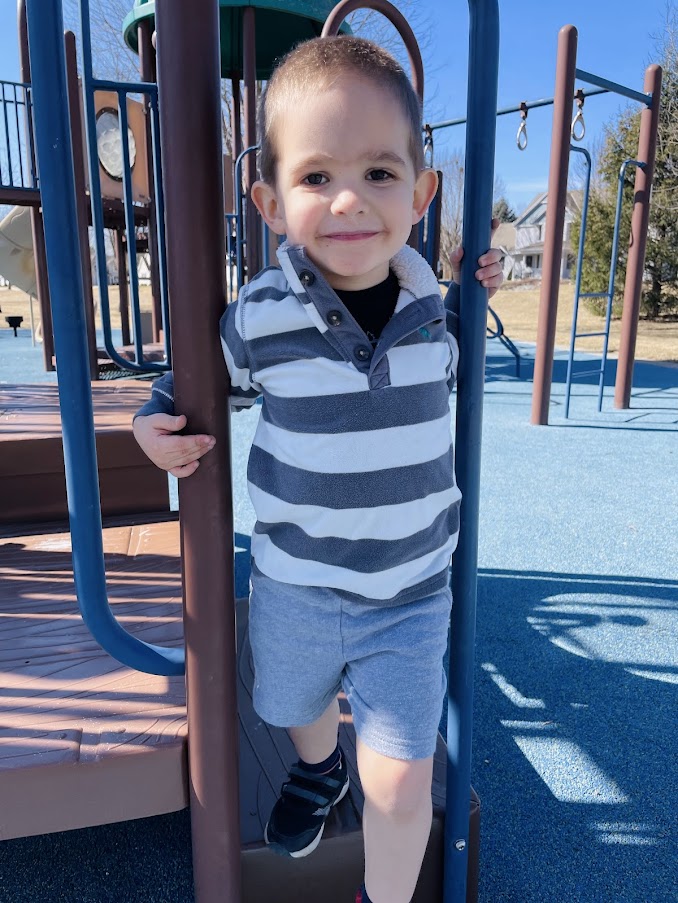
How to Homeschool a Preschooler (what NOT to do)
1. Don’t use formal curriculum.
It’s tempting, I know – especially if this cute-as-a-button preschooler is your oldest. You’re SO eager to get going, and there are SO many beautiful, attractive programs designed just for your preschooler… and they certainly can’t hurt, can they?
Unfortunately, they can.
Sure, your child will learn something from them, and sure, she might even enjoy it – but there are two significant dangers I see here. One is that any time you spend on a curriculum is time that your child is not playing. This is one of my main reasons for not giving our children a lot of screen time, either – it’s not that the screen time (or the curriculum) is so horribly bad, it’s just that what they could be doing with their time (playing, creating, exploring, reading) is so much better.
Time is finite and we must use it wisely.
Secondly – and more importantly – there is a great danger here that, if pushed into “school” work too early, your child can become burned out or start to believe that it is too hard, before they have even entered kindergarten! What a tragedy. School work can be challenging, yes, but if your child is not developmentally ready for it (and most preschoolers are not), it will simply feel overwhelming and frustrating.
Academic work is a burden that our small children were never meant to bear.
Exception: if you feel like you are at a loss as to how your child should be playing and you need some guidance, try a play-based curriculum like A Year of Playing Skillfully. We’ve used that one at times and it’s full of fantastic, play-based activities that you can pick and choose from throughout the year!
2. Don’t try to teach phonics, reading, or writing.
There’s simply no need, and there’s a great danger of rushing them into a complete burnout. Little fingers are physically not ready to hold pencils, and just because four year olds can be taught to recognize sight words doesn’t mean they should. Your child will have a full twelve years of formal education ahead of them (plus more if they go to college), and there’s no need to rush into them.
Instead, the make the most of these fleeting first five years and the freedom they afford!
“But what if I have an extremely precocious three year old who is ready and eager to start reading?” If that’s truly the case, keep reading aloud to that child, and they will probably figure out how to read on their own. You will not hurt or stunt their potential by waiting a few more years for any formal instruction.
3. Don’t compare them to other children.
Especially – dare I say it – those children enrolled in a formal (public or private) preschool program. Here’s the thing: the children who are in an official preschool probably will know more than your child will. However, just because a child can recite their alphabet at age two doesn’t mean they’ll love reading at age twelve. Just because a child can read sight words at three doesn’t mean they’ll be any farther ahead at age thirteen.
In a talk she gave at one of the Great Homeschool Conventions in 2024, Sarah Mackenzie (from the Read Aloud Revival) said that homeschooled children often test slightly below public schoolers during the elementary years – because parents frequently take a more relaxed approach to their education – but then, importantly, during the middle and high school years, homeschooled children start to shoot up and far surpass the public schooled children. When I heard her say this, it made total sense to me! Unlike the public school teachers, we are not “teaching to the test” – so why would we expect exceptional test results?
The results we look for are far more significant and long-lasting.
The point here is that we are in this for the long haul – we’ve caught a far-sighted vision of education that stretches much beyond these short preschool years – and what is best for the child’s overall growth and development may mean that, in the short term, they are not as “advanced” as their peers.
And that’s perfectly okay.
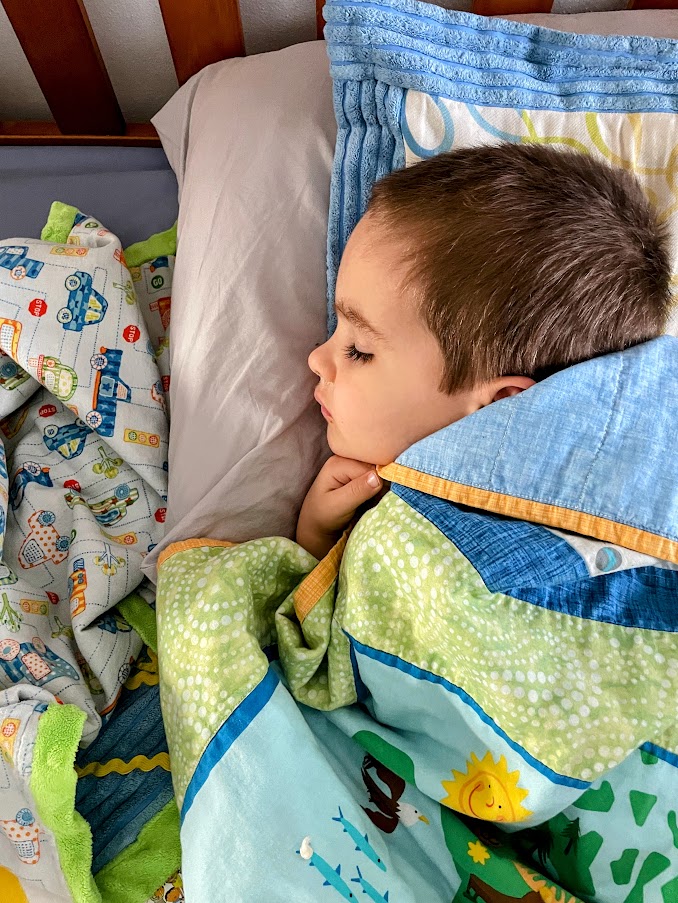
Homeschooling Preschool In Action: What Does This Look Like?
The good news is that this sort of preschool homeschool is easy, organic, natural – and completely free!
The bad news is that it can take a lot of your time and involve a lot of messes along the way.
I am convinced that the best sort of preschool is simply living your life at home and letting your child join you. Have you ever noticed how preschools often try to imitate a home? They might have a “kitchen” area, a napping spot, a reading nook, and a play area. This is not an accident! What we have at home is the real deal, the ideal situation for your child: what the preschool program has is simply a feeble imitation that, even at its best, cannot compare to what we can offer our children.
So what does this natural, nourishing preschool time at home look like?
It looks like giving your child simple chores – so they can learn independence and feel the pride of making a real contribution to the family.
It looks like inviting your child to join you as you bake, cook, clean, run errands, and care for the baby.
It looks like slowing down so that you have time in your day to sit and read, or time to let your preschooler “help” make dinner. Yes, it will take longer, and yes, it is worth it.
It looks like lots and lots of library trips to replenish your supply of picture books.
It looks like walks around the block, playtime in the backyard, and lots of ant-squishing and worm-pulling.
It looks like comforting routines of chores, play, eating, and resting – giving your child the reassurance and confidence that comes with stability and predictability.
It looks like kisses and cuddles, messes and muddles, and plenty of prayers for patience.
Conclusion
We all want our children to be prepared for an uncertain future, and have the skills they will need to succeed in this ever-changing world. However, contrary to what many “early childhood education” centers will tell you, the best way forward for these precious little souls is to “step back to a slower pace.”
May we have the courage to do so!
“In order to prepare our children for the future and enjoy our lives with them today, the key is to step back to a slower pace, leaving margin for play and exploration so that we can go forward.” ~ Until the Streetlights Come On by Ginny Yurich

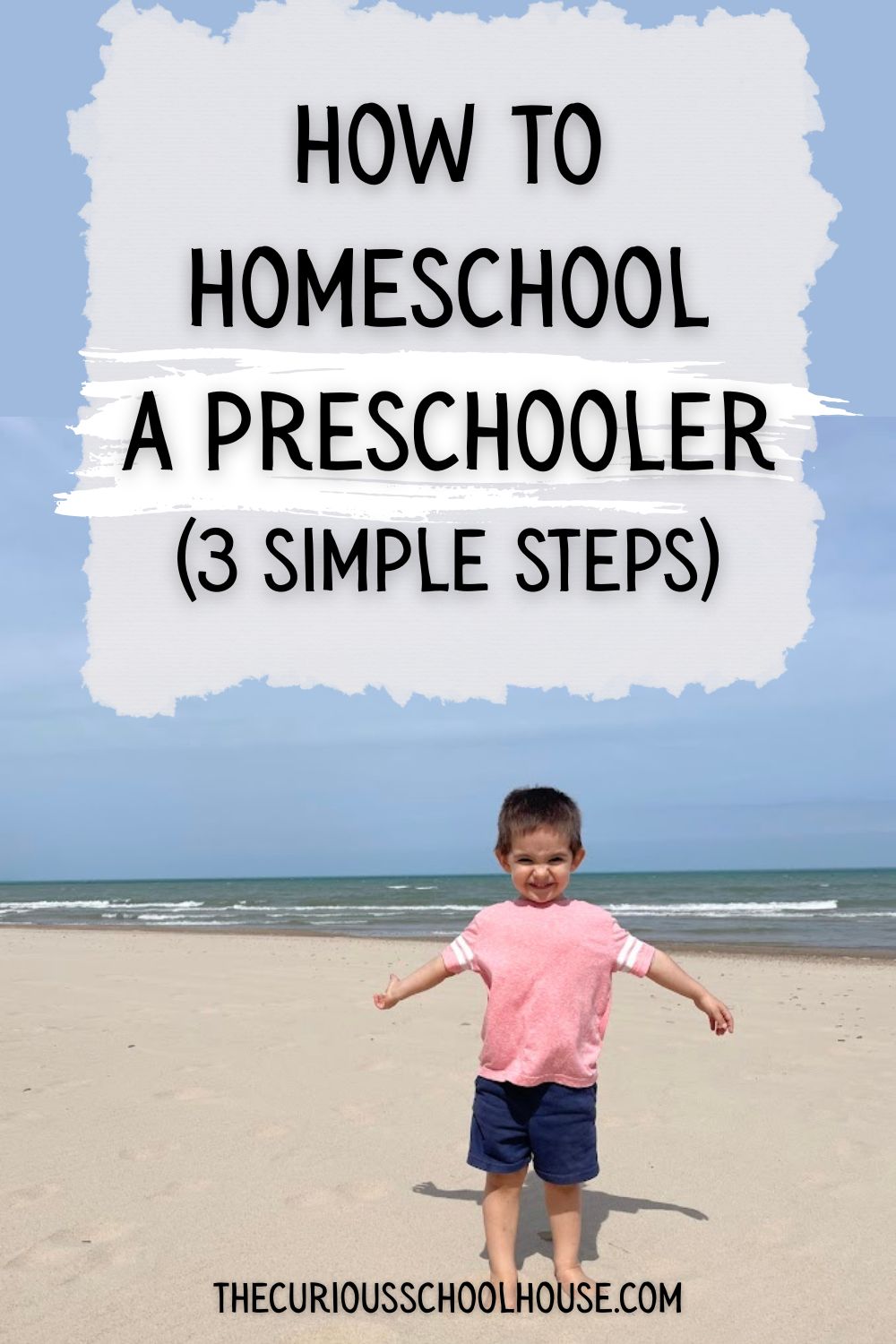
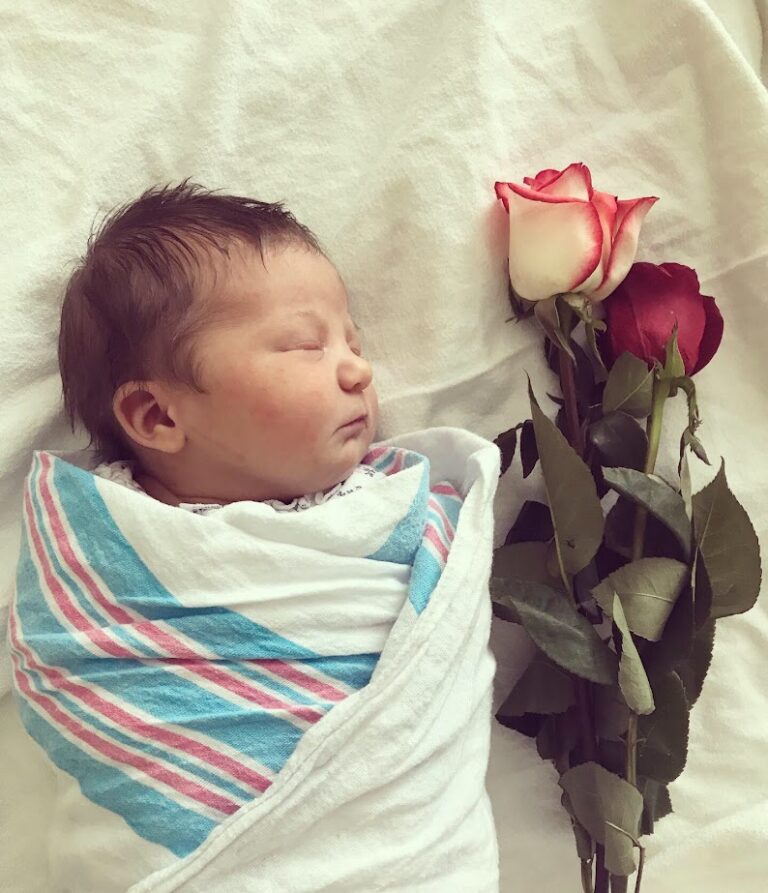
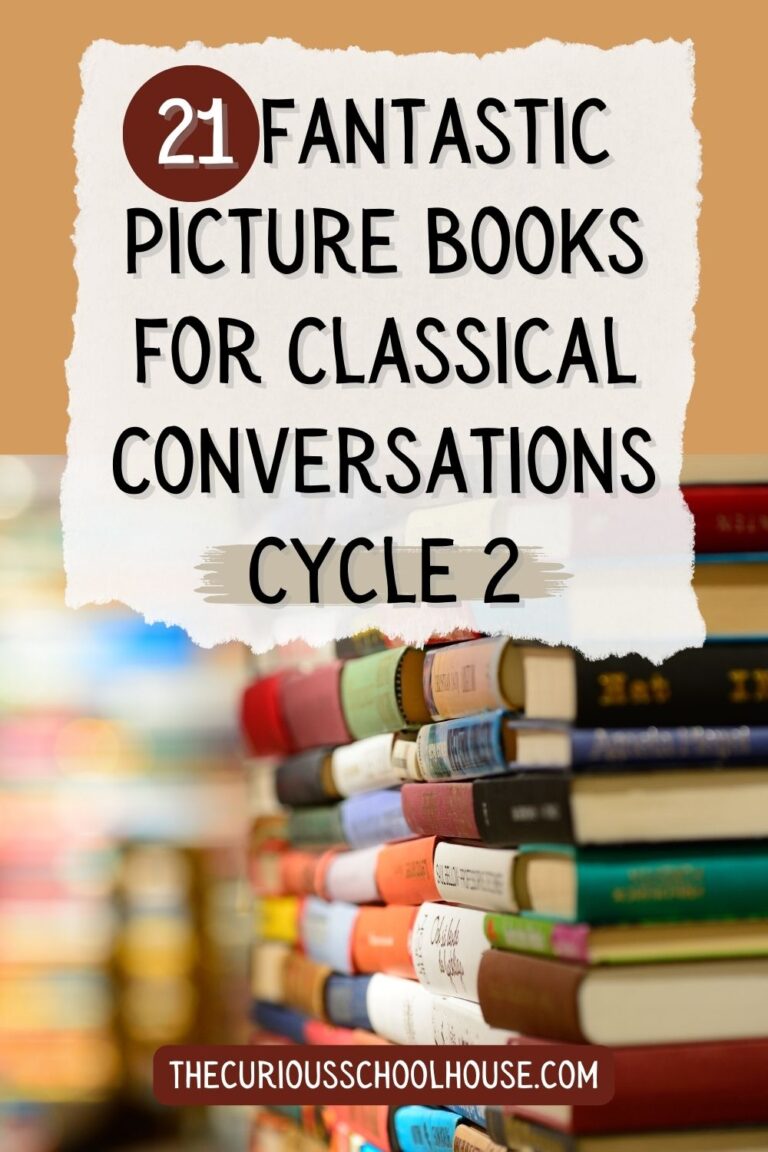
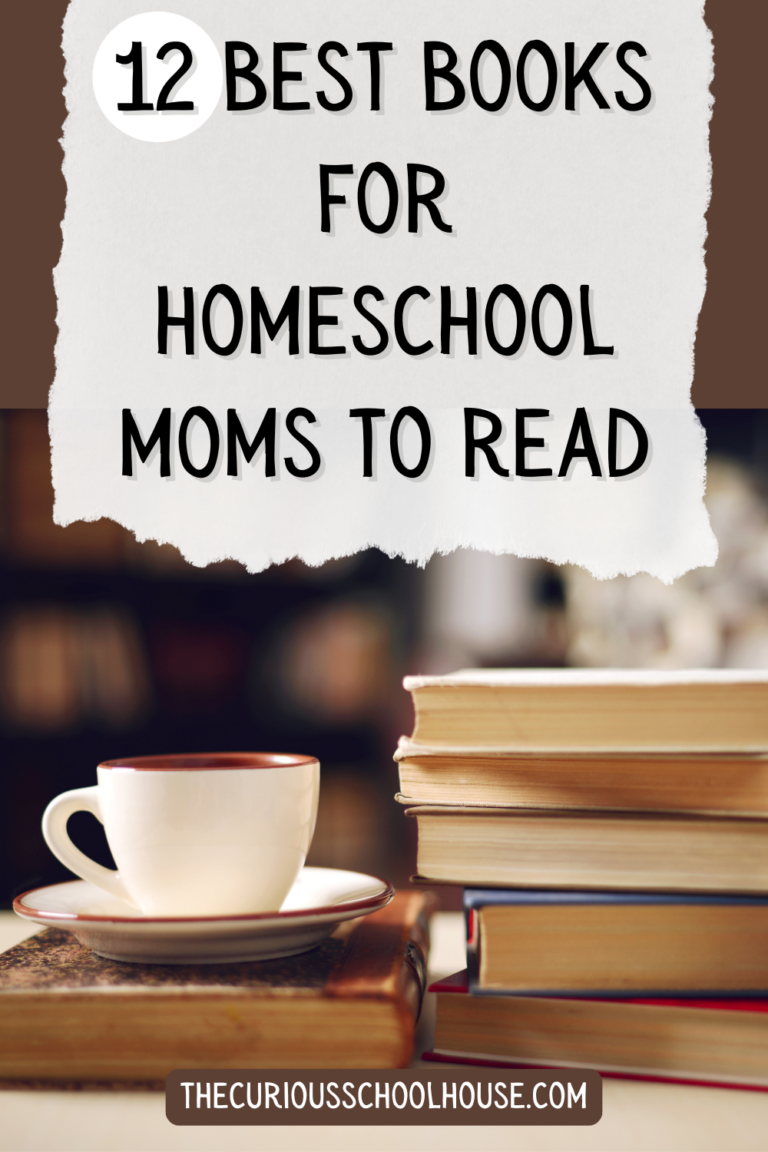
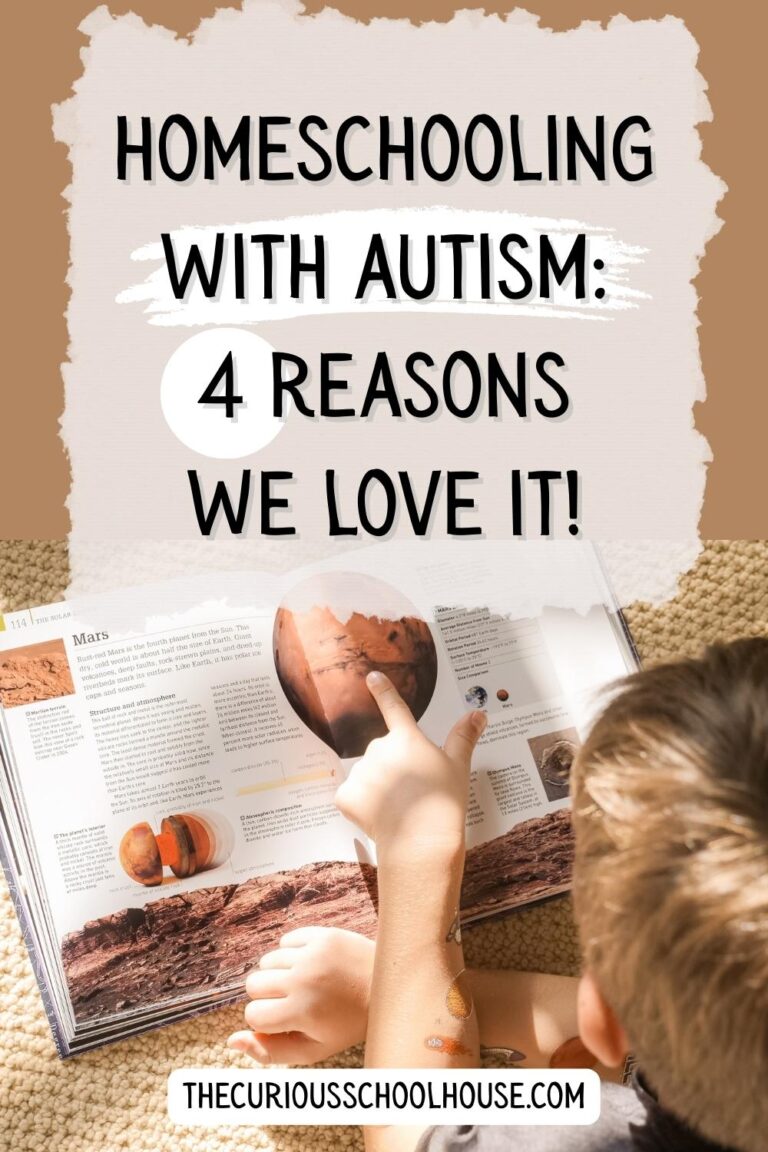
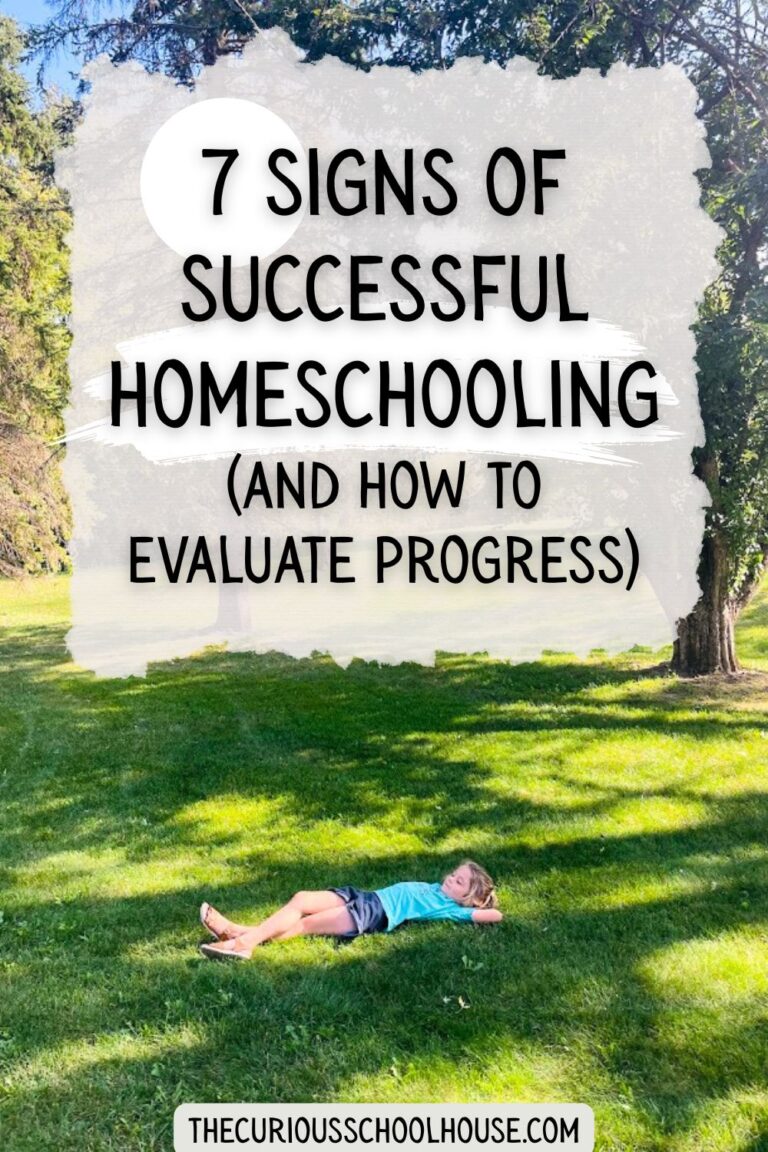
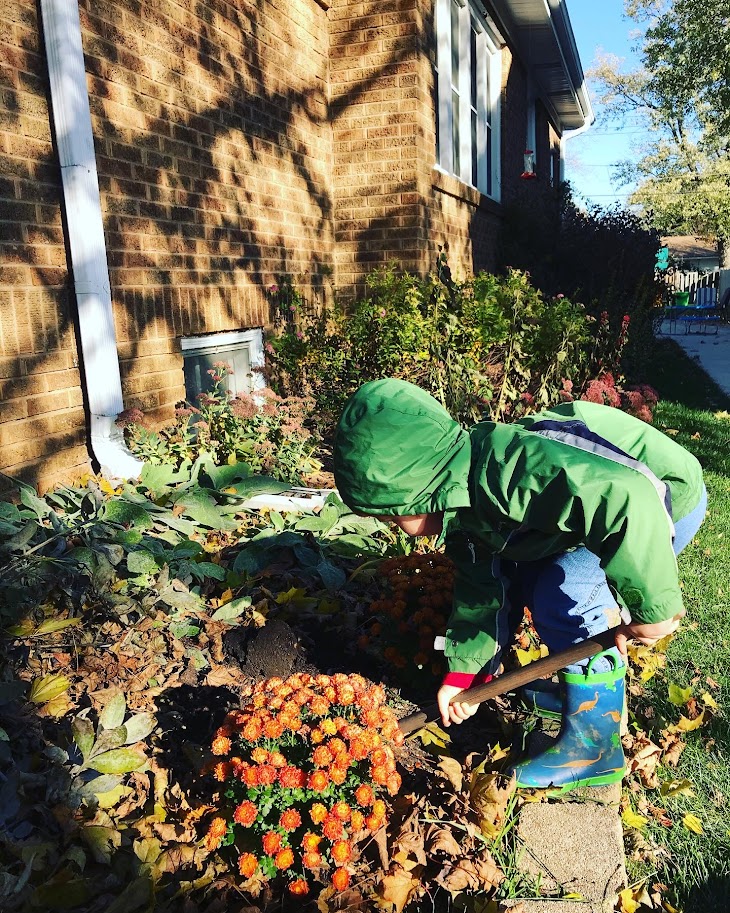
I love this simple approach! Especially the reading out loud part. And lettings kids help with chores! It really is such a unique age where they’re so excited to help.
thanks!! yes i really do love the toddler stage 🙂
I love that you prioritize reading out loud! I’ve been doing this for my kids since they were babies and both love being read to and now my son is taking an interest in reading and writing short stories of his own. We have always loved messy play as well. Play doh, paint, outdoor dirt/ mud/ etc! 🙂
yes!! the messier, the better! 😀